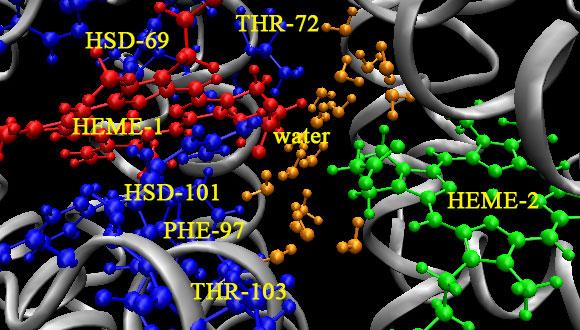Physical chemistry Seminar: Bioelectricity production from cells, organisms, and biological waste
Dr. Yaniv Shlosberg, Department of Chemistry & Biochemistry, University of California Santa Barbara & Los Angeles
Abstract:
In recent years, big efforts have been made to develop clean energy technologies that will replace fossil fuels and supply the increasing global energy demand without contaminating the environment. One of the approaches that has been developed for more than 100 years is the utilization of exo-electrogenic bacteria as electron donors in microbial fuel cells (MFCs). An evolution of MFCs was the utilization of photosynthetic microorganisms such as cyanobacteria and microalgae in which the electron source originates from photosynthesis. In our work, we first show that non-photosynthetic bacteria can also produce photocurrent. Furthermore, we show that the bacterial cultivation media (free of cells) is rich in redox species and can be integrated within bio-electrochemical cells (BECs) to produce dark current and photocurrent generated by photoelectrochemical reactions of metabolites such as flavins. Next, we show that BECs are not limited to microorganisms and may utilize a broad variety of biological cells, tissues, and organisms such as neural cells, retinal organoids, seaweeds, plant leaves and roots, fruits, and live sea animals. Finally, we show that grapes waste formed in wineries consists of various electron donors that can be used for electricity generation in BECs.
Seminar Organizer: Prof. Haim Diamant


